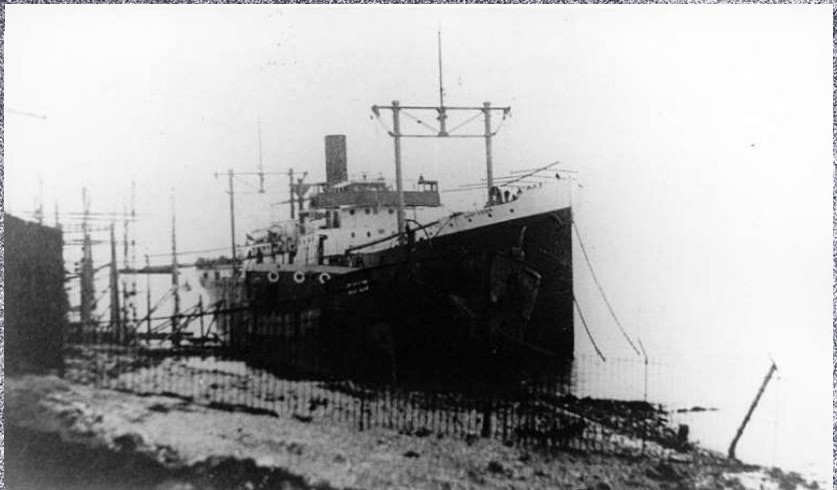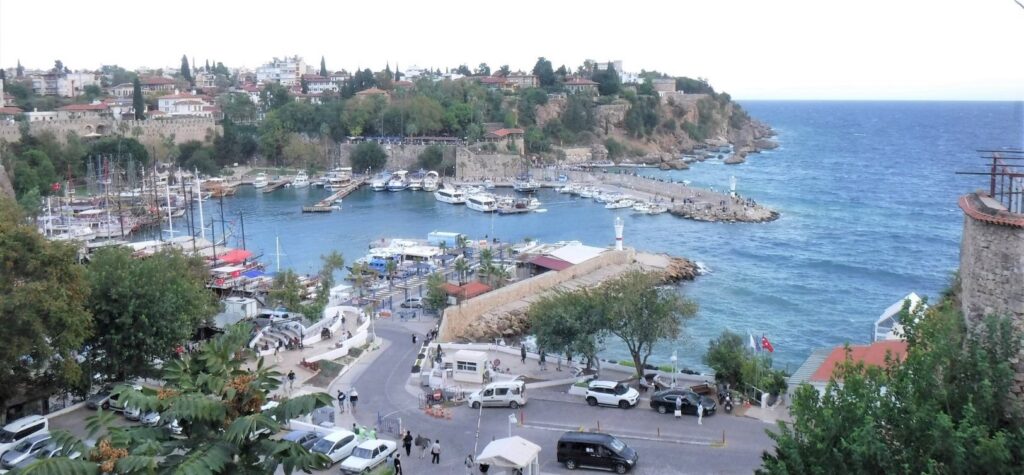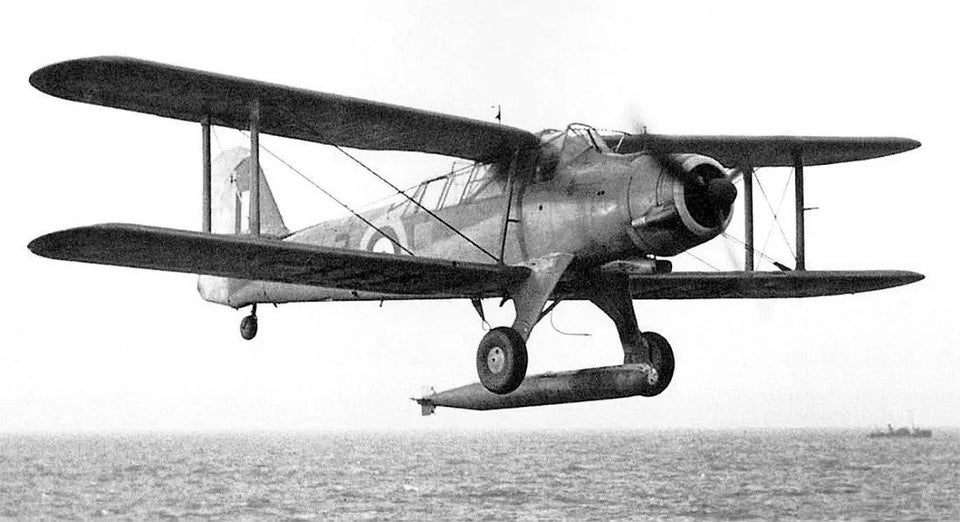
Antalya, located on Turkey’s Mediterranean coast, attracts tourists from all over Europe by the millions (literally) every year. Visitors flock to the city’s picturesque little harbour, with it’s Roman-era walls and flotilla of fishing vessels, tourist boats and yachts. Restaurants and cafes line the harbourside and hilltop, serving local seafood to those who have come to enjoy Turkey’s Turquoise Coast. Thousands of photographs are taken every day of the view south from the harbour entrance. Most who visit, however, are unaware of the sunken war grave that lies only a kilometre from Antalya harbour, hidden beneath the sparkling waters captured in their holiday selfies and panoramas.
The steamship Saint Didier was built by Livingstone and Cooper’s Shipyard on the River Humber near Hull, East Yorkshire in 1920. The 2778 grt (gross register tonnage) cargo ship was bound for France, to be operated by her owners the Société Navale De L’ouest shipping company.

After the occupation of France during World War II, Saint Didier was pressed into service with the Vichy French forces. Loaded with troops, arms, munitions and vehicles, she left Thessaloniki, Greece, on July 1st 1941 to resupply the German army in North Africa. (One source suggested the Saint Didier may have been bound for the Middle East, where Allied forces had invaded Vichy controlled Syria and Lebanon.)

British 815 Naval Air Squadron (Fleet Air Arm) Swordfish aircraft operating from Cyprus attacked the Saint Didier on July 4th in the Antalya Gulf. The ship had been identified as the Saint Didier despite flying the flag of neutral Turkey. (Interestingly, several sources state that the Saint Didier was disguised as a hospital ship during the voyage.) The torpedoes missed the ship, however Saint Didier was suffering engine problems and was taken to Antalya Harbour.
Upon arrival at Antalya, the crew changed out of their uniforms, and hastily renamed the ship Societe in an effort to disguise its identity. Presumably they thought that this deception, coupled with the fact that they were now in neutral Turkish territory, would save them from further harassment. However, an hour and a half after her arrival, Fairey Albacore aircraft from 826 and 829 Naval Air Squadrons identified and attacked Saint Didier as she sheltered off the cliffs just south of Antalya Harbour.

The townspeople of Antalya lined the clifftops and watched the drama unfold. Whilst engaged by the Saint Didier‘s anti-aircraft guns, the four aircraft dropped torpedoes, three of which struck the ship. Thirteen of her crew were killed, and the Saint Didier was sunk. Local fisherman assisted the survivors, who took shelter in Antalya Harbour.
Saint Didier lay undisturbed until 1946, when a salvage operation removed some items of value from the ship’s cargo. The remains of the servicemen killed in the sinking were also recovered. Further removal of arms, ammunition and vehicles occurred in 1974.
However there is still some of the cargo intact, and much of the ship, as I was soon to discover.
To be continued…
Information on the sinking of Saint Didier was sourced from: Ankara Diving Academy Society (St. Didier) Shipwreck, Sail and Steam Boat Building in the East Reading, PADI St. Didier Wreck, Wikia.org List of Shipwrecks in July 1941, International Journal of Social Humanities Sciences Research The Profound Witness of Antalya History: St. Didier, Warsailors.com Saint-Didier and Ouied Yquem, Naval-History.Net Naval Events July 1941, Ozan Cokdeger Tragic Sinking of St. Didier
If you liked this post, you may also enjoy Diving the Saint Didier, Diving the S.S. Thistlegorm
Do you have a particular interest in World War I, II and the Cold War? Check out my other blog Ghosts of War. If you enjoy military history, and want to know what it’s like to visit both significant and lesser-known wartime locations today, there’s something there for you.
Leave a Reply